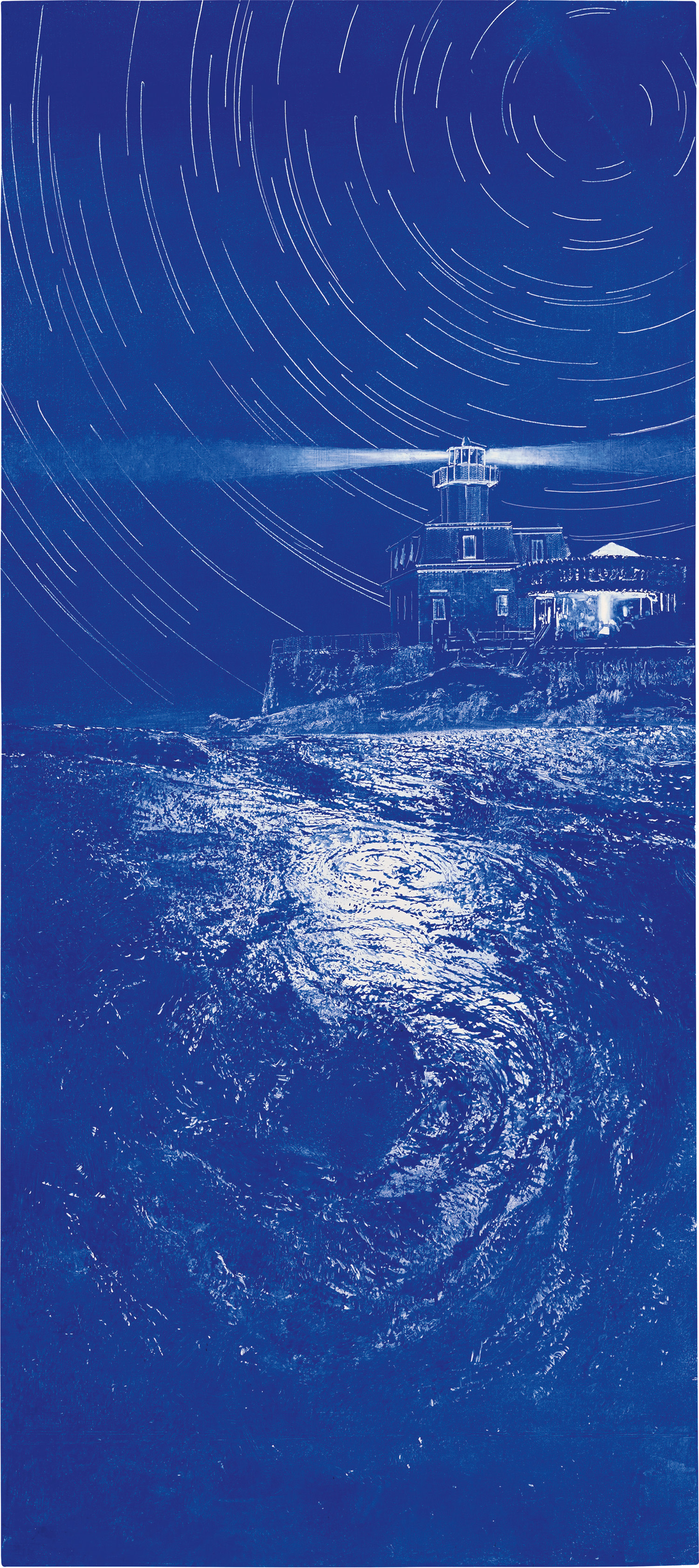

Property from an Important Belgian Collector
26
Mark Tansey
Study for Nocturne
signed, titled and dated 'Tansey 1998 Study for ''Nocturne''' on the reverse; indecipherably inscribed lower edge
oil on canvas
147 x 65.7 cm (57 7/8 x 25 7/8 in.)
Painted in 1998.